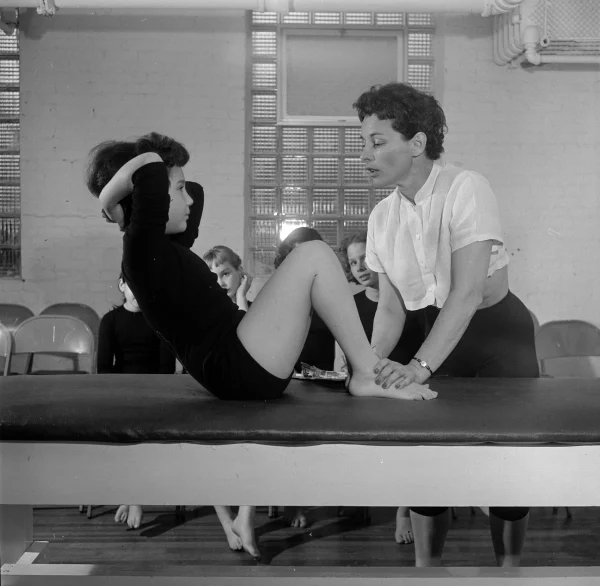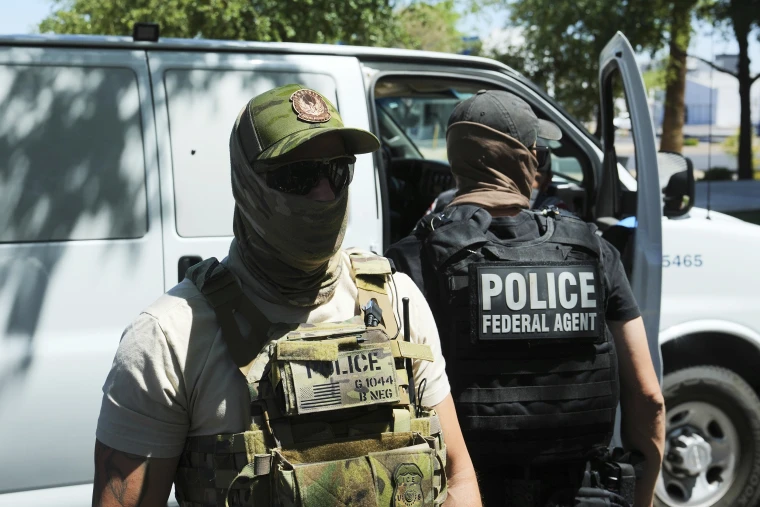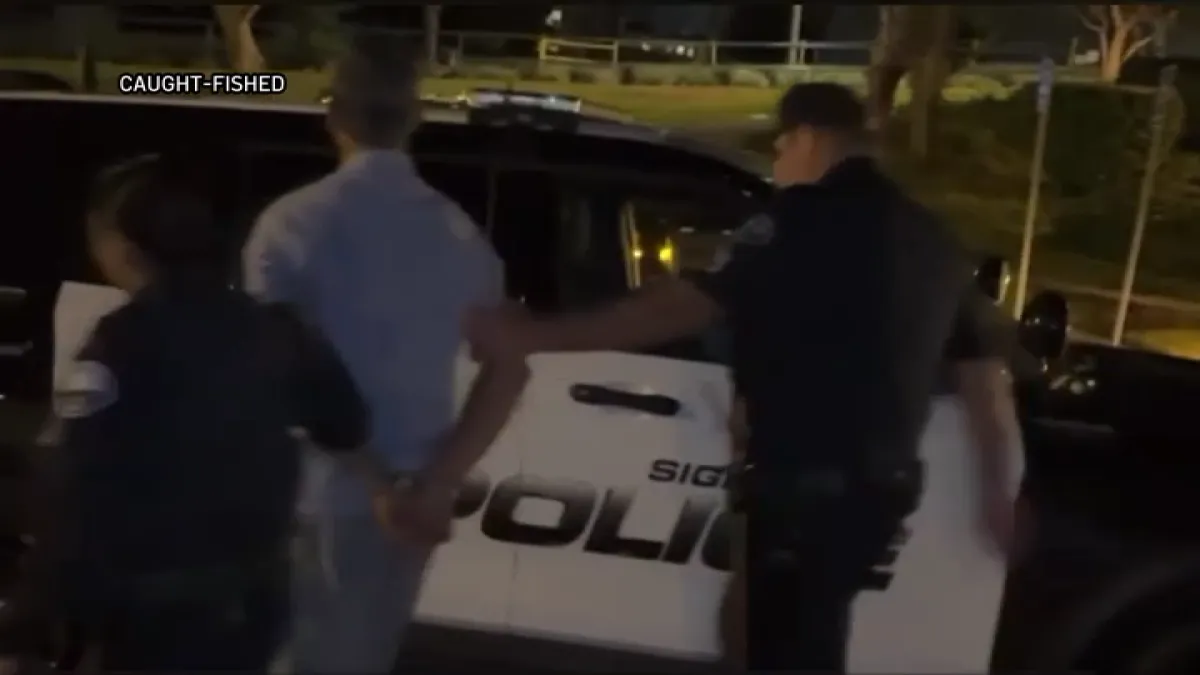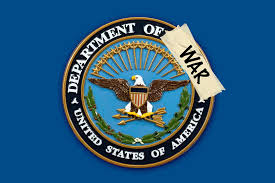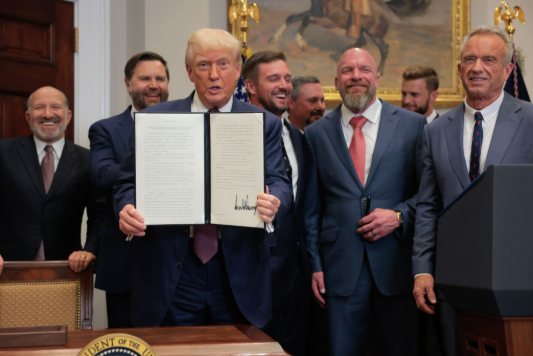
The currently elected President of the United States, Donald Trump, announced on Thursday, July 31, 2025, that he had signed an order to revive the Presidential Fitness Test nationwide; however, the date of its return to schools is currently unknown. “This is a wonderful tradition, and we’re bringing it back.” He stated in a Tweet by WVVA News.
Part of why Trump intended to bring this exam back was his passion for sports. In an interview, he said, “I was always a person who loved playing sports. I was good at sports.” The reintroduction of this test, which was previously discontinued by a past President of our nation, Barack Obama, was inspired by the unsettling number of rapid increases in health crises among American Youths. The White House cited “crisis levels of rates of obesity, chronic disease, inactivity, and poor nutrition among children”, trends which weaken the economy, military readiness, academic performance, and national morale.”
Origin of the Presidential Fitness Test
The Fitness program, originating in the late 1950s, specifically 1966, was formally introduced by President Lyndon B. Johnson. It was designed to measure a student’s muscular strength and endurance, as well as flexibility, speed, and agility and started due to the alarming state of American Youth Fitness failure, much like the reason for its reintroduction now. As time passed, it became a strong memory for most children’s childhood, usually unfond or humbling for children forced to participate in the test. It was discontinued in 2012, replaced by the Presidential Youth Fitness Program.
Why Was It Replaced? What Is Included In the Test?
President Barack Obama discontinued the test as it became too competitive and started damaging students’ mental health, as not being athletic enough to match their peers often caused humiliation and low self-esteem. A total of five events comprised this physical test, including the infamous one-mile run, sit-ups, push-ups, sit-and-reach, and the shuttle run. This exam typically took place once or twice a year for children aged 10-17, from Elementary school to High School.
Changes and Collaborations
In signing the order, President Donald Trump collaborated with Professional Athletes to expand his Youth Sports, Nutrition, and Fitness Council. This marked the return of the Presidential Fitness Tests in public schools in the United States. One of the Athletes involved in this program is Bryson DeChambeau, a Professional Golfer and Chair of the President’s Council on Sports, Fitness, and Nutrition. The test’s comeback raises a question, or perhaps a worry–Will this look the same? Are there any changes? Will students be prepared? In fact, many significant changes have been implemented accordingly. Some examples demonstrating changes include its revised procedure, improvements following past concerns and feedback, awards, and its updated philosophy.
Again, when the Presidential Fitness Test will officially return to campuses remains a mystery, waiting behind the curtain of anticipation and, for some students, dread. A student athlete stated their thoughts on this matter, “but instead, we watched in awkward silence as kids struggled to meet the ‘average’ time. While it was intended to motivate young people to be physically active, it didn’t feel that way — it felt like an opportunity to shame the subpar and sort us by our physical abilities.”
With all the concerns, it’s no surprise the revival of this test has gained mixed reviews and earned its place as a controversial topic, drawing criticism as it addresses body shaming and humiliates students. And while that can be a negative side to this debate, President Donald Trump believes it is best for our country’s future, and many agree with his ideas. However, whether students accept this with open arms or reject it with hostility, the Fitness Test’s setback will likely return to schools in the near future.

